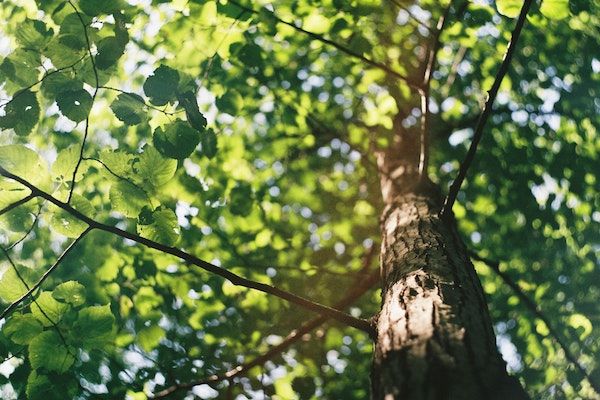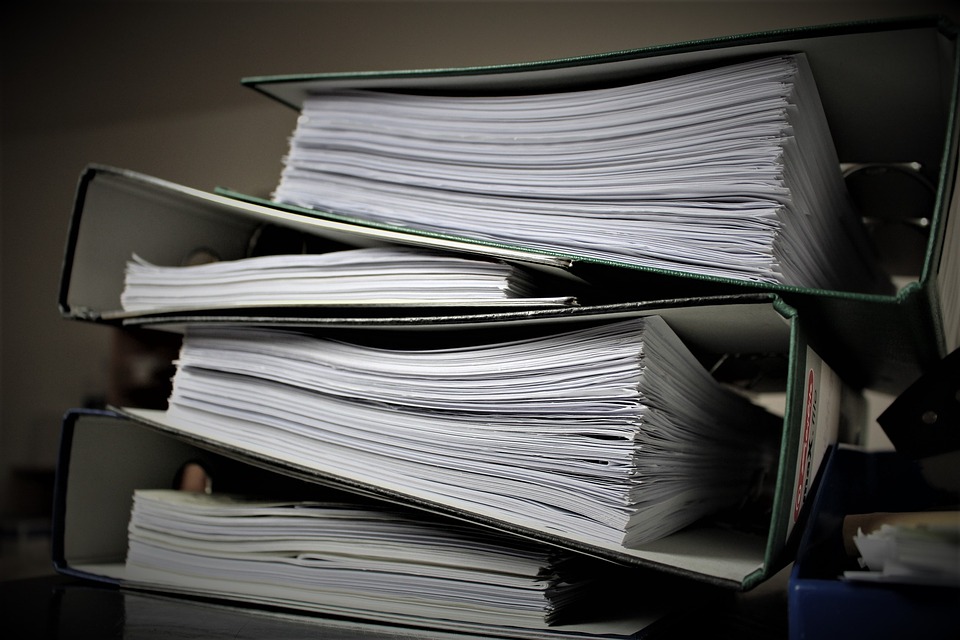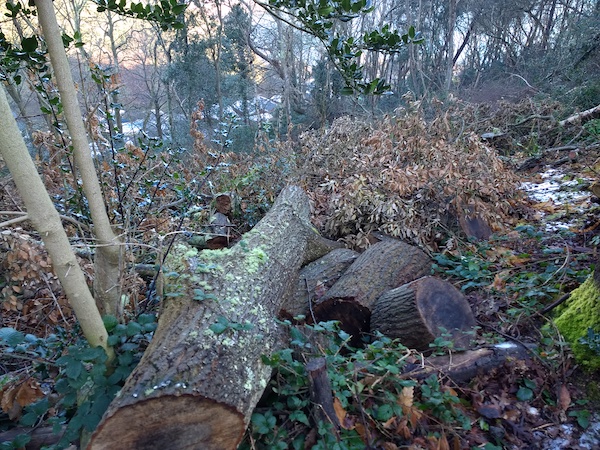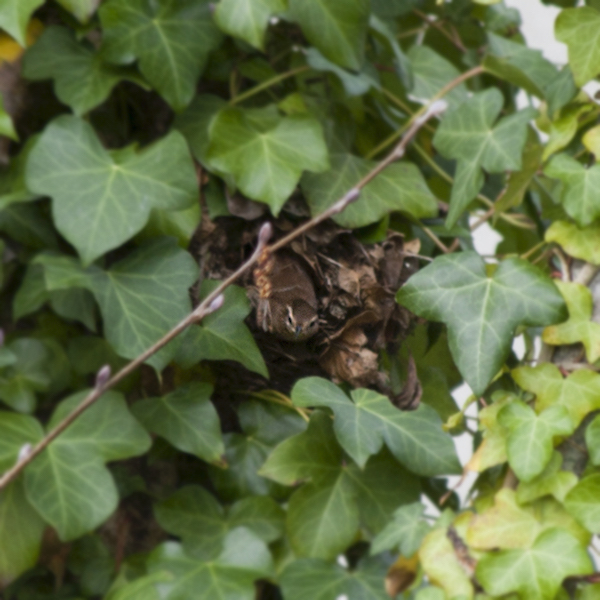


The chairman of a local charity focused on protecting and enhancing Jersey's woodland, has spoken out against the lack of protection for trees, calling for a "cohesive tree strategy".
Gerard Farnham, Chairman of Jersey Trees for Life, is also keen to remind islanders of the importance of trees not only for the environment but for everyone's physical and emotional health, as he explains in this column for Express...
"There is a line in a story by a very funny and hilariously rude comedian who, in response to his wife not wanting their baby son vaccinated, casually says to his own doctor, 'It’s not that important to vaccinate your kids is it?' and the doctor, without looking up, says, 'Only if you want them to live.'
And that always comes to mind when I’m asked the single most common question: 'Why are trees important?'
Now there are thankfully more and more people who recognise the importance and necessity of trees in nature and who are willing to stand up for them, and in education younger children are growing up to value and understand the environment, so they should add impetus in future.
But, unfortunately for those growing numbers that want to do something now, there isn’t much support in law.
The most effective option is usually public shaming through social media. At a time when the whole world is crying out against environmental damage, our local laws do very little to help. We often have to admit there is nothing we can do.
Jersey Trees for Life - or Men of the Trees as it once was - has encouraged planting and care of trees since its formation in 1937.
Indeed, the minutes of the first ever proper meeting show proposals for tree planting programmes by unemployed as work placements.
It has also over the years encouraged the celebration of special or exceptional specimens trees, and our unique climate has allowed us to proudly boast an unusually high proportion of British National Champion Trees.
Then we had Dutch Elm disease and the Great Storm. Suddenly hundreds of thousands of trees were destroyed. Then the climate problems became so obvious they could no longer be ignored. They became part of the mass consciousness. A perfect storm you could say.
Since then we have been planting, and promoting the planting of trees as much as possible and in more recent years we lobby for relaxation of land use for tree planting and modernisation of tree protection laws, as those in place are not fit for purpose environmentally, practically, or morally.

Pictured: Jersey Trees for Life wants tree protection laws to be modernised.
Population growth of nearly 100% in sixty years has placed an unsustainable demand on land and unendurable pressure on the natural environment and trees have and do still suffer greatly because of it.
At present tree protection consists of:
A tree or trees can have a TPO placed upon them by the planning department. This protects the tree under planning law. This is usually presented and requested by the States (Government) Arboriculturalist. This can happen quickly if a valuable tree is under direct threat or risk. The planning department is generally supportive of this practice.
If you are building or developing and you are decent enough to include the existing trees on the site in your planning application those trees are protected until the application is completed. I say decent thing to do as this allows fair consideration for the environment that is present. The popular alternative is to remove trees, then put in the application.
The former JEP site is an example of this perfectly legal practice. The new owner has done nothing illegal.
So: 1. Remove trees. 2. Develop property. In the UK this can lead to prosecution in certain circumstances.
Note the missing “S” for“Scientific” is missing! Trees located within SSIs are protected and work required to them is usually defined at the outset or added if it becomes necessary later, managed through Environment and Planning. SSIs tend to be for special habitats worth protecting.
And that, as they say, is it.
Any tree not included in the above can be felled, or hacked up.
So we are now looking at what trees are left. Exceptional trees are dwindling and through inconsistent planting initiatives and the absence of a long term strategy the next generations aren’t there to take their place.
What trees there are suffer from no protection, poor management, and often low standards of tree husbandry or care. And when it comes down to tree vs developer you know who usually wins. Profit is a very powerful motivator.

Pictured: Bouley Bay a few years ago where Gerard says trees were felled early one morning to improve the view of France and the chances of selling a house.
After all “it’s just a tree, we can plant ten somewhere else”. But cut down a one hundred year old oak, probably the most valuable native tree we can have for the environment, and it will take a hundred years just to get back to that point. And oaks can easily live for over six hundred years - if they're not cut down first.
On an almost daily basis we at Jersey Trees for Life receive requests for help and advice about trees being felled unnecessarily for a variety of reasons. Currently it is bird nesting season so any tree work should take this into consideration and be preceded by a proper wildlife survey to ensure birds and nests are not disturbed.
In the past two years especially, we have seen some spectacular examples of poor tree surgery, or even as seen in the press recently, criminal damage to trees, which is not as uncommon as you’d imagine it turns out, but like not picking up dog mess, rarely, if ever, prosecuted.

Pictured: "The value and perception of trees to too many is still of insignificance," Gerard says.
The value and perception of trees to too many is still of insignificance. We also have a woeful lack of trees in town because they are "dangerous" or "sticky" or leaves fall off them or the argument for an extra parking space wins against a tree that was planted by a great grandfather and made the street a better and more beautiful place to live for everyone else for decades, and though countless sources demonstrate how urban trees and the nature they bring transforms health both physical and emotional for town and city dwellers – and not just the people, the tree will probably go.
Jersey does not have a cohesive tree strategy. We have our idea of one at JTfL, and the battle to get effective laws in place to protect trees is ongoing.

Pictured: "The battle to get effective laws in place to protect trees is ongoing," Gerard says.
We advocate protection and enforcement laws akin to those in the UK, and we fully support the Ministerial leads in achieving this. We have worked with them for some considerable time to accomplish this. However, the establishment is in a state of flux and the clock is ticking. Both for them and for the trees.
Now we are calling for something to be actually done to get this moving again. To get the planned new laws in place. We know where the obstacles are, we know how they can be overcome. It just has to happen.
Until then, and it sounds like a sick thing to say, unless emergency powers are put in place, and there is a format available which would be easy to define and implement by the way, to avoid a rush of felling, now is the best time ever to cut down those inconvenient trees, and sod everyone and everything else."